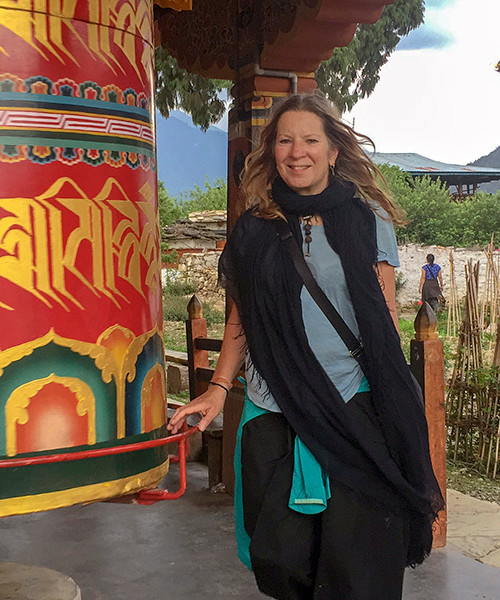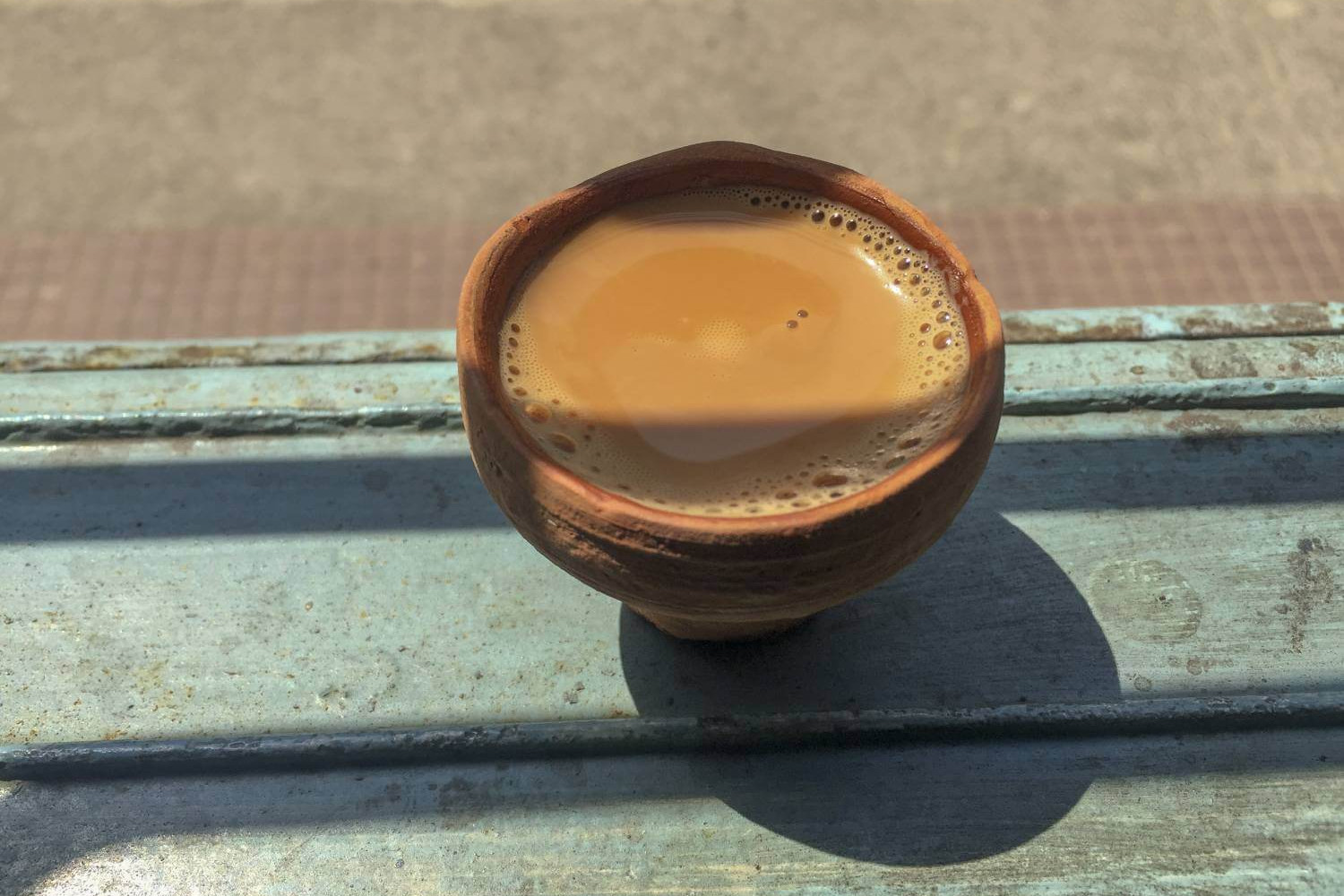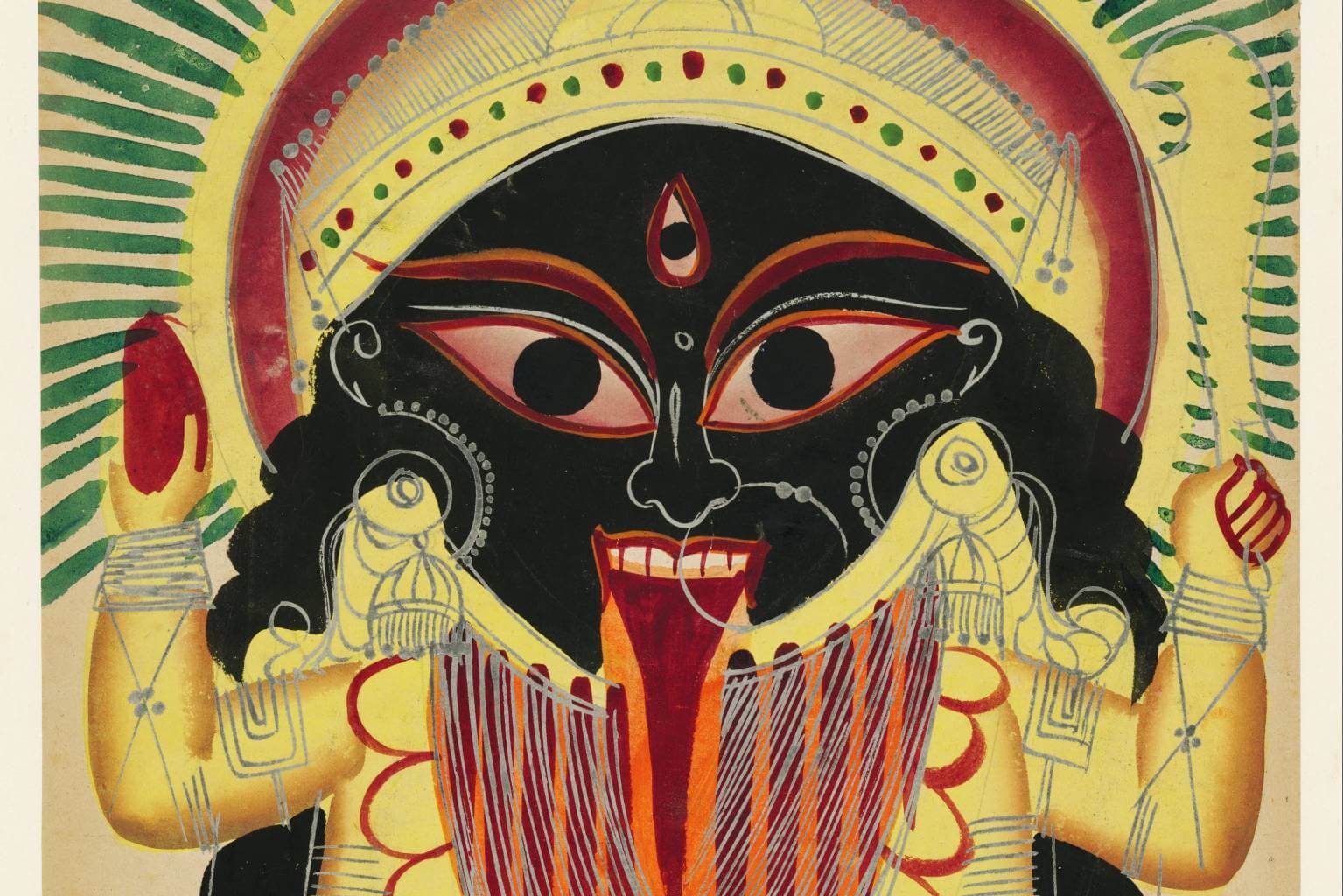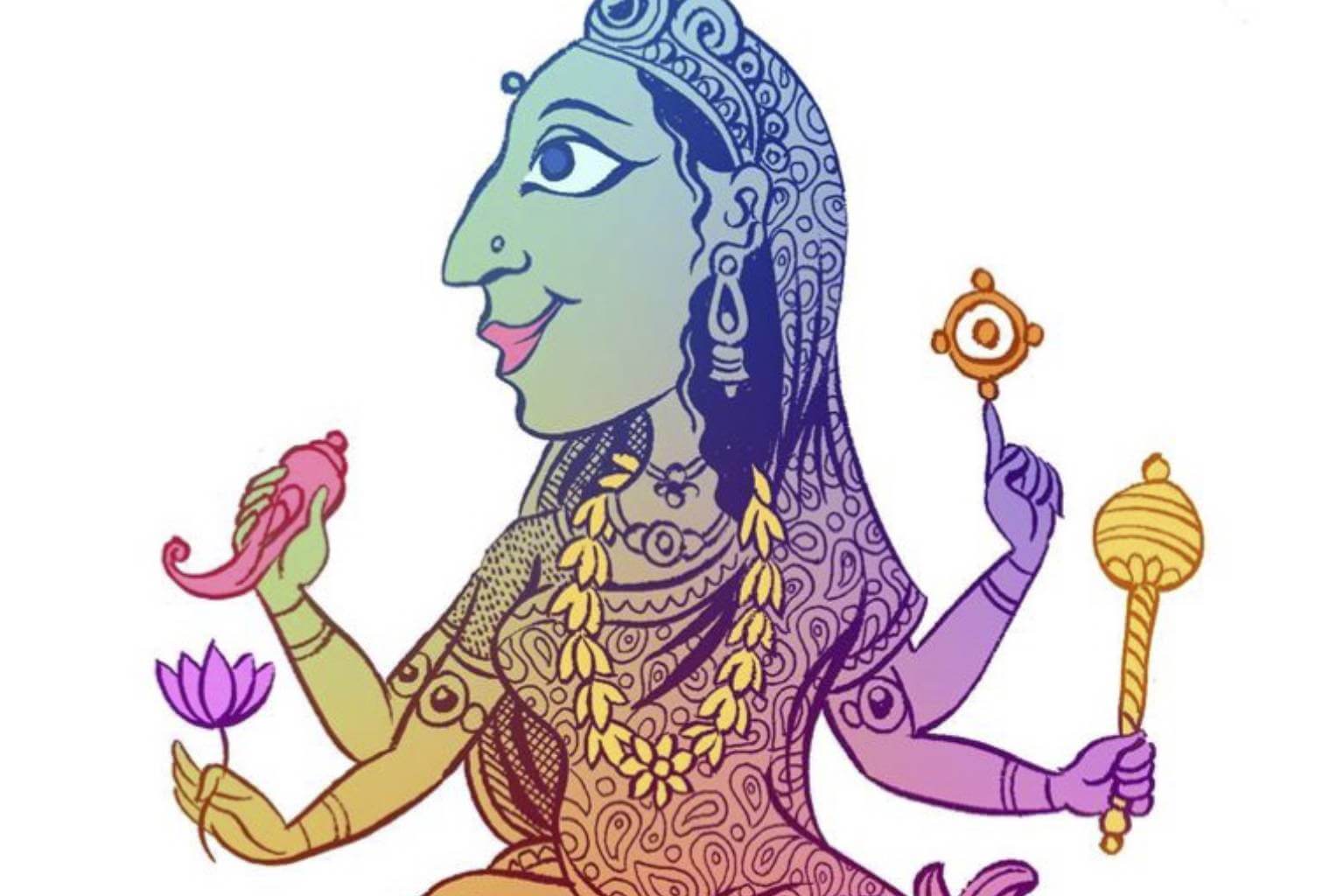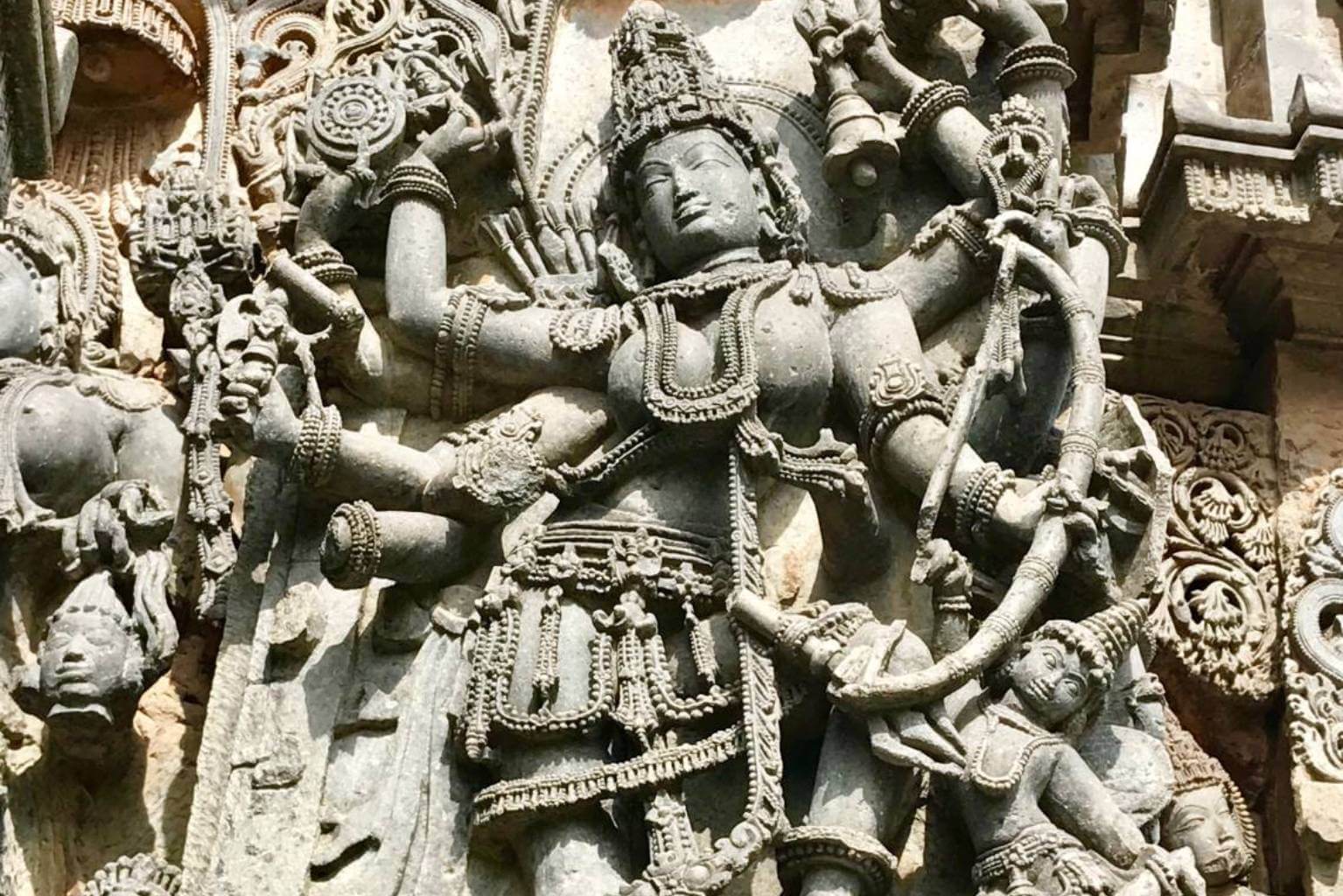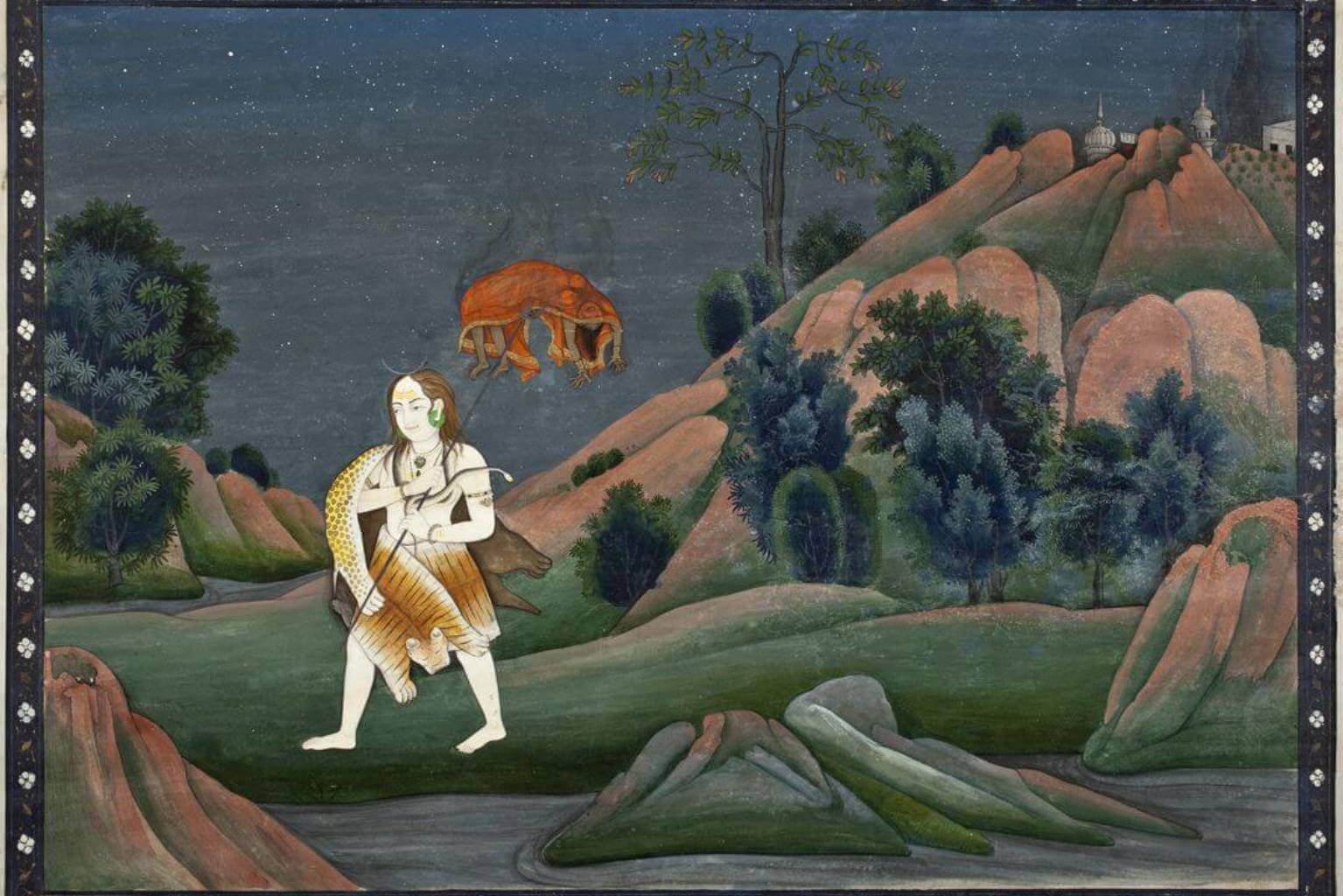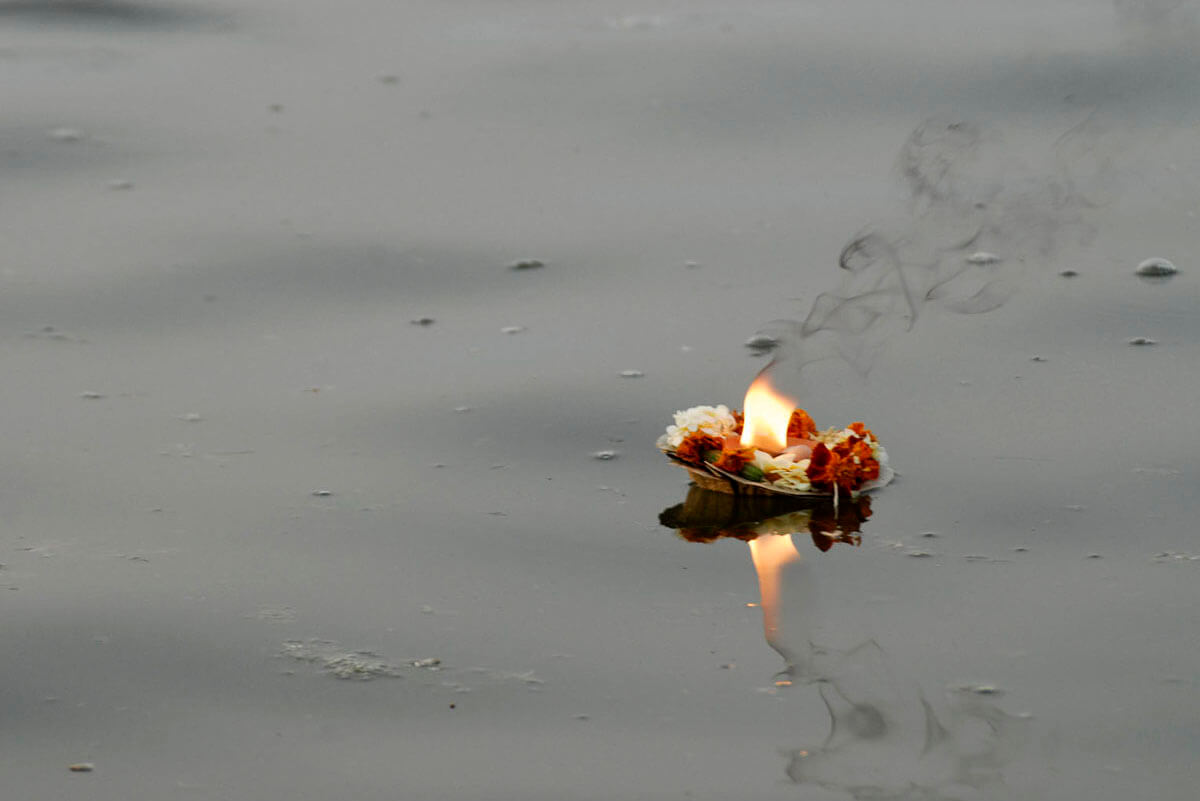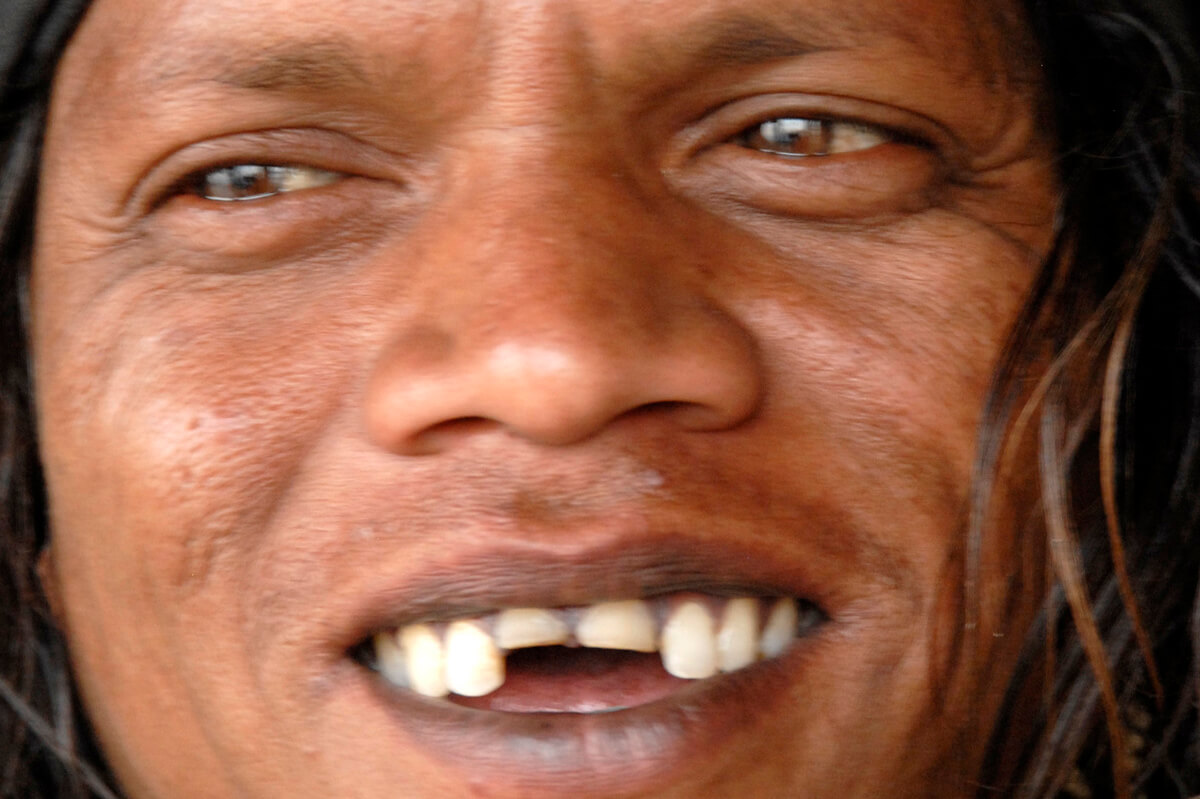...My pilgrimage to Shakti Peeths in the tantric heartland of West Bengal meeting Baul minstrels and a jungle yogi on the way.
...She is in an absolute rage. Eyes are red with intoxication. Hair is disheveled. Small fangs protrude out of her mouth, and her tongue is lolling, dripping with blood.
...The Navadurgas, or the nine manifested forms of Goddess Durga, are venerated during the festival of Navaratri. In the Chandi Path, the Navadurgas are known as the Relievers of Difficulty and each Devi is endowed with unique powers and characteristics.
...Devi Durga is usually depicted riding into battle on a lion, with ten arms, each hand holding a celestial weapon or assuming a mudra (symbolic hand gesture).
...Shakti Peeth, or “Seat of Shakti”, is a sacred place of eternal power— a significant shrine or pilgrimage destination — where a part of Devi Sati’s body, or a piece of her jewellery, fell to earth. Shakti refers to the Goddess worshiped at each location, all being manifestations of Sati; later known as Parvati or Durga.
....My travels take me along the Ganga, to Manikarnika burning Ghat, the Aghori ashram, and along the Panchakroshi pilgrimage circuit to undercover a sacred city in the shape of a comic mandala.
....Aghor is the easy path - a natural and spontaneous state of consciousness. It’s not a cult or a religion. It’s a state of reality you can experience. Aghor is a tantric practice that removes feelings of fear, hatred, disgust or discrimination. It’s the path of utter love and devotion.

